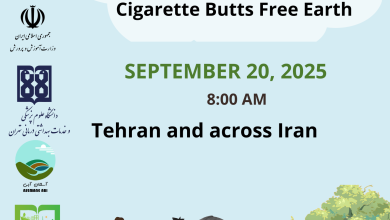Turning Iranian TV series into nicotine showcases/The key role of municipalities in combating addiction was discussed in the specialized session on “Emerging Patterns of Tobacco Consumption in the Lifestyle of Tehrani Citizens”
The specialized session on “Emerging Patterns of Tobacco Consumption in the Lifestyle of Tehrani Citizens” was held.

The specialized meeting “Emerging Patterns of Tobacco Use in the Lifestyle of Tehran Citizens” was held on Sunday, August 30, organized by the Tehran Urban Studies and Planning Center with the participation of experts, academics, and civil society representatives, including the Iranian Anti-Tobacco Association.
Speakers highlighted alarming trends in tobacco and substance use, citing UNODC’s 2025 report estimating 316 million global users of drugs and psychoactive substances in 2024. Iran faces a “tsunami of addictive substance use,” with 3.5–4 million people affected and over 2,000 annual overdose deaths. Experts stressed the complex social, cultural, and biological dimensions of addiction and the growing popularity of novel nicotine products such as vapes and pods, which pose severe health risks despite being marketed as less harmful.
Discussions emphasized the role of municipalities in prevention through local education, healthy urban spaces, and community engagement, while also addressing structural barriers such as the powerful financial turnover of the tobacco industry (estimated at USD 70 billion). The normalization of hookah use as a social activity, as well as the pervasive depiction of smoking in Iranian home video series—particularly among women—were identified as major contributors to nicotine acceptance among youth, especially Generations Z and Alpha.
Participants called for stronger laws, effective enforcement, and updated regulations to address emerging tobacco products, restrict media portrayals of smoking, and limit the irresponsible prescription of sedatives. Recommendations included awareness campaigns targeting families, deterrent fines for smoking in public places, and policies aligning tobacco control with broader addiction prevention strategies.





